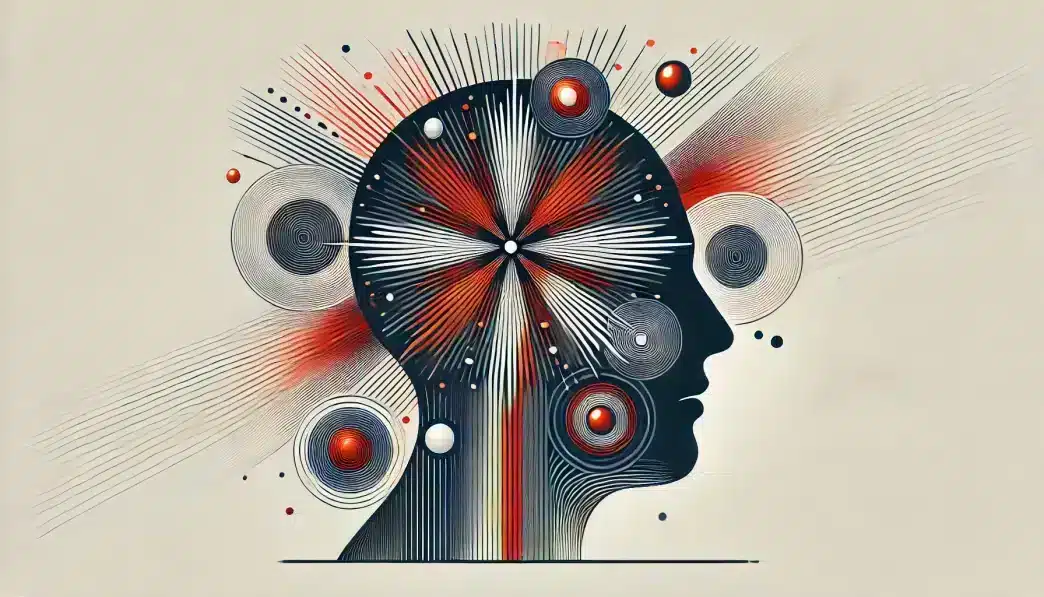What is Cluster Headache Awareness Day?
Cluster Headache Awareness Day is observed annually on March 21 to raise awareness about cluster headaches, a debilitating neurological condition often referred to as “suicide headaches” due to their severity. The date coincides with the Spring Equinox, symbolizing the circadian rhythms often linked to this condition.
This day focuses on educating the public, supporting individuals affected by cluster headaches, and promoting research to develop better treatments and understanding of the condition.
Cluster headaches are one of the most painful types of headaches. They are characterized by intense, unilateral head pain, often around or behind one eye. Symptoms typically include:
- Tearing or redness in the eye.
- Nasal congestion or runny nose.
- Drooping eyelids or swelling.
- Restlessness during attacks.
Attacks can last from 15 minutes to three hours and occur multiple times a day during a cluster period, which may last weeks or months. These periods are often followed by remission phases lasting months or years.
Who Observes Cluster Headache Awareness Day?
- Patients and Their Families: People living with cluster headaches and their loved ones use the day to share experiences and raise awareness.
- Healthcare Professionals: Neurologists and headache specialists focus on educating their communities about diagnosis and treatment.
- Advocacy Groups: Organizations lead campaigns to raise awareness and funds for research.
- Researchers: Scientists highlight advancements in understanding and treating cluster headaches.
- General Public: Awareness efforts encourage empathy and understanding for those affected by this condition.
Slogans and Themes
Cluster Headache Awareness Day emphasizes advocacy, support, and education. Themes often focus on raising visibility for this misunderstood condition and inspiring action for better research and treatment.
Popular slogans include “Breaking the Silence on Cluster Headaches”, “Understanding the Pain, Supporting the Fight” or “Together for Better Treatment”.
Colors, Symbols, and Patterns
Colors
- Teal: Represents awareness and hope for individuals affected by neurological conditions.
- Gray: Reflects the neurological basis of cluster headaches.
- Yellow: Symbolizes hope and optimism for better treatments.
Symbols
- Awareness Ribbon: Often in teal or gray, symbolizing support for those with cluster headaches.
- Brain Icon: Represents the neurological nature of the condition.
- Clock: Highlights the rhythmic nature of cluster headache attacks.
Patterns
- Circular Designs: Reflect the cyclical nature of cluster headache periods.
- Wave Patterns: Symbolize the intensity and fluctuations of pain.
- Abstract Pain Motifs: Depict the severity of the condition.
How to Celebrate Cluster Headache Awareness Day
- Share Information: Use social media to share facts and personal stories about cluster headaches to educate others.
- Attend Events: Participate in webinars, support groups, or awareness campaigns organized by advocacy organizations.
- Support Research: Donate to or volunteer with groups funding research for better treatments.
- Advocate for Change: Write to policymakers to promote funding and awareness for neurological conditions.
- Show Solidarity: Wear teal or gray and share photos online to spread awareness.
Most Used Hashtags
- #ClusterHeadacheAwareness
- #ClusterHeadaches
- #StopThePain
- #NeurologicalHealth
- #ClusterAwarenessDay
Why is Cluster Headache Awareness Day Important?
This day is crucial for raising awareness about the devastating impact of cluster headaches, which are often misunderstood or misdiagnosed. By shedding light on the condition, the event fosters greater understanding, empathy, and support for those affected.
It also serves as a platform to advocate for improved access to treatment, more funding for research, and better education for healthcare providers. Cluster Headache Awareness Day reminds us that with awareness and action, progress is possible.
Features
- Health
March 21: Cluster Headache Awareness Day
Why do you keep falling for the same type?
Read the article Lovemaps: the hidden blueprint of our love.

